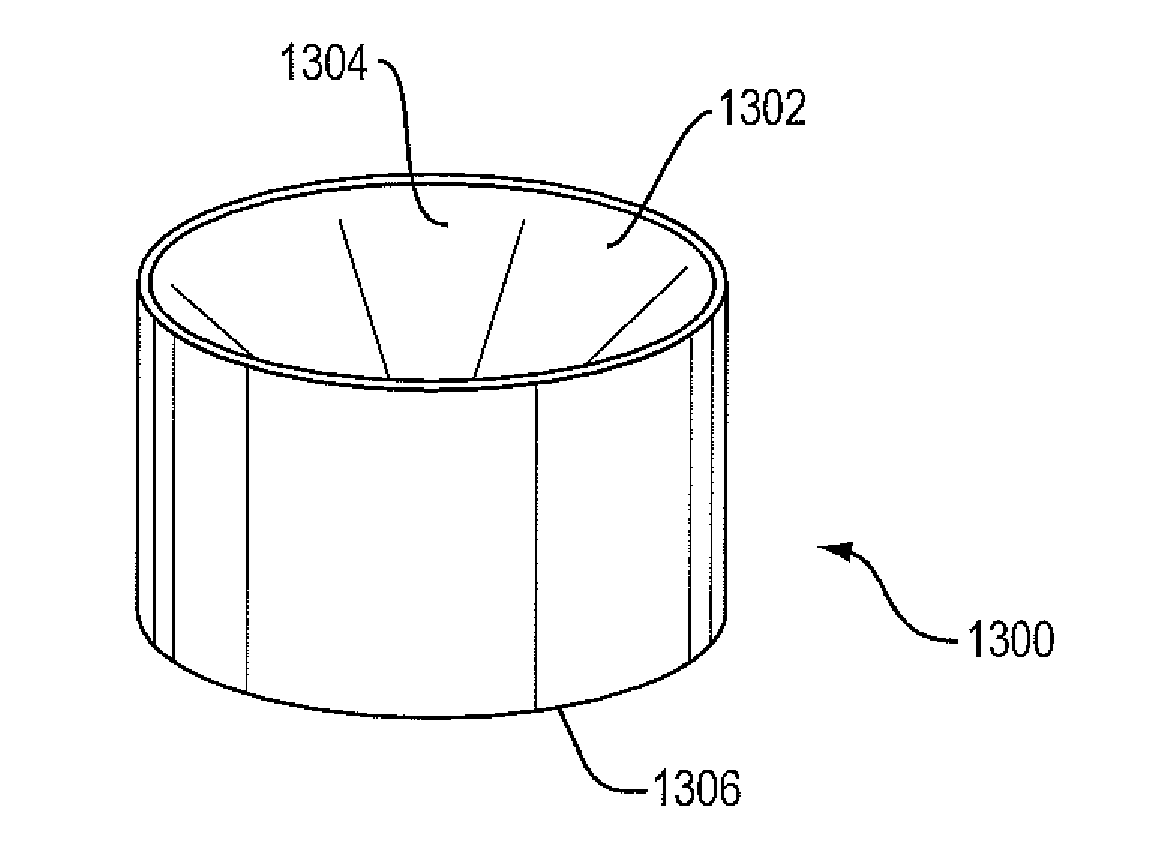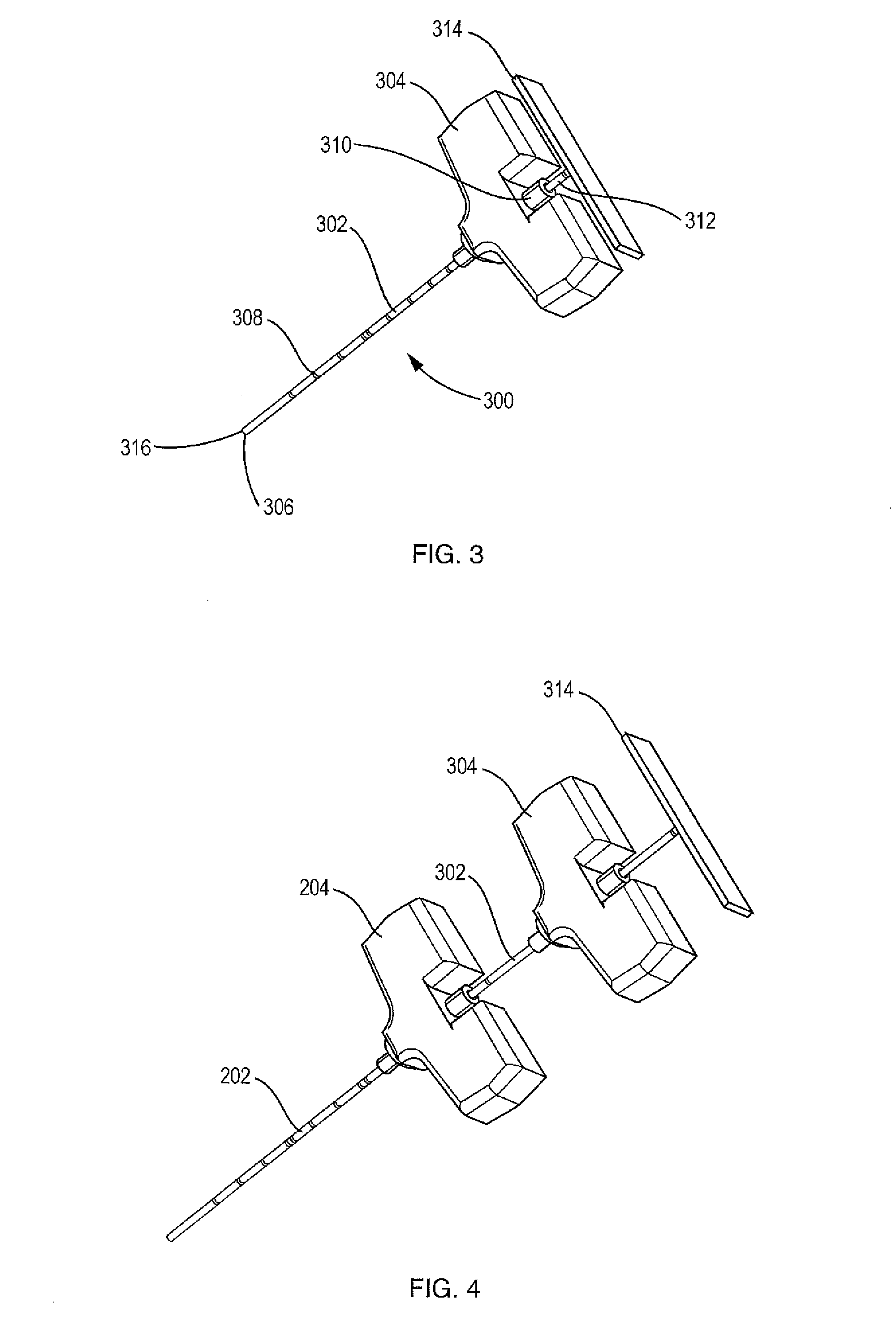Apparatus And Methods For Aspirating And Separating Components Of Different Densities From A Physiological Fluid Containing Cells
a technology of fluid tissue and components, applied in separation processes, laboratory glassware, centrifuges, etc., can solve the problems of creating surgical trauma, cumbersome and time-consuming access to bone marrow aspirate from the hip, and needle only moving linearly within the marrow spa
- Summary
- Abstract
- Description
- Claims
- Application Information
AI Technical Summary
Benefits of technology
Problems solved by technology
Method used
Image
Examples
Embodiment Construction
[0072]A description of example embodiments of the invention follows.
[0073]With respect to aspirating bodily fluids, an aspiration apparatus is provided that allows for different lengths of needle assemblies to fit coaxially together by removing the trocar or stylet of the previous needle assembly. The outer diameter of the cannula of each successive needle assembly is smaller and the length is longer than the inner diameter and length, respectively, of the cannula of the previous needle assembly. Beyond diameter and length, each successive needle assembly can have other characteristics such as flex and sharpness. Many different diameters, lengths, and stiffness can be incorporated into the design and the design can incorporate two or more needle assemblies in order to make apparatus designed for certain applications. For example, assemblies designed for use in tendon and ligament repair may be different in length, stiffness, or some other material property, such as lubricity, than t...
PUM
| Property | Measurement | Unit |
|---|---|---|
| Fraction | aaaaa | aaaaa |
| Fraction | aaaaa | aaaaa |
| Density | aaaaa | aaaaa |
Abstract
Description
Claims
Application Information
 Login to View More
Login to View More - R&D
- Intellectual Property
- Life Sciences
- Materials
- Tech Scout
- Unparalleled Data Quality
- Higher Quality Content
- 60% Fewer Hallucinations
Browse by: Latest US Patents, China's latest patents, Technical Efficacy Thesaurus, Application Domain, Technology Topic, Popular Technical Reports.
© 2025 PatSnap. All rights reserved.Legal|Privacy policy|Modern Slavery Act Transparency Statement|Sitemap|About US| Contact US: help@patsnap.com



